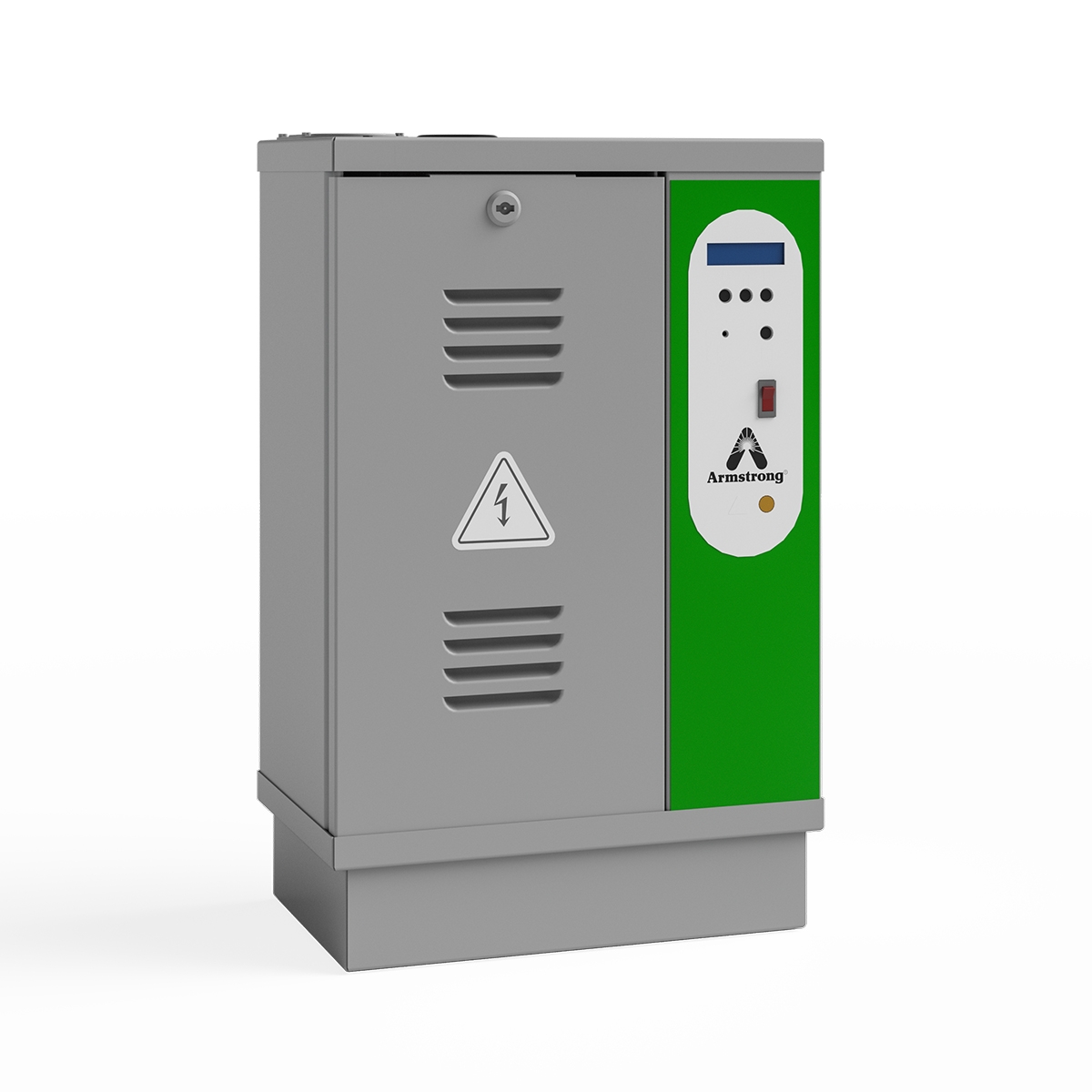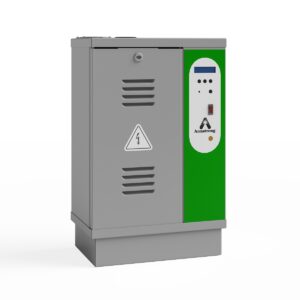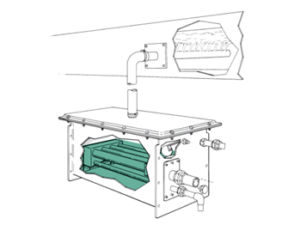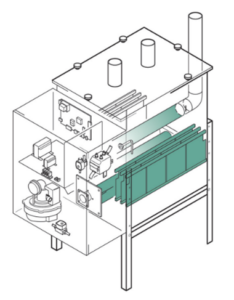Let’s Talk About Humidifiers
The concept of humidification is relatively simple. It’s the act of adding water vapor into dry air. A key measurement of humidity is called relative humidity, or RH. This is the amount of vapor in the air compared to the amount the air can hold at a given temperature. Warm air can hold significantly more moisture than cold air. Because of this phenomenon, humidity control becomes increasingly important in places with low outside air temperatures. Humidity control may be desired for a few different reasons and accomplished through several different types of Humidifiers. In this post, let’s discuss both the reasons to humidify, and some of the different technologies available.
WHY DO WE HUMIDIFY?
COMFORT AND HEALTH – When cold air is warmed up to heat a home, commercial building, or any other facility, the low RH of the heated air can cause issues for comfort and health. Not only can dry air cause your skin to feel dry and uncomfortable, but it can also actually increase the risk of airborne pathogens. This means that humidity control is desirable in the home and can be critical in healthcare facilities.
HYGROSCOPIC MATERIALS – Hygroscopic materials are materials that can absorb moisture from the air. Some of these materials can deteriorate or lose quality with prolonged exposure to low humidity. Wood can dry out, books can lose their bindings, paper can be damaged. Valuable items like artwork and historical documents are often kept in very strict humidification parameters for preservation. Museums, libraries, paper processing plants, and many other types of facilities benefit from accurate humidity control.
ELECTROSTATIC DISCHARGE – Electrostatic Discharge, or static shock, can happen in areas of low humidity. This can be a minor annoyance when you walk across the carpet in a pair of socks. It can be a major disaster in any facility with volatile materials that pose an explosion risk. Places that process gases, volatile liquids, gunpowder, or even places that have high levels of dust or sawdust can pose extreme risks of damage and injury due to any electrostatic discharge. Ensuring a higher RH in any of these facilities can greatly decrease explosion risk.
Along with the reasons listed above, accurate humidity control can help lower energy costs, increase productivity, save on maintenance costs, and ensure product quality. Now that we’ve established the need for humidity control, we just need to figure out how to achieve it. This brings us to…
TYPES OF HUMIDIFIERS
As stated above, humidification seems like a relatively simple process. It’s the addition of water vapor to dry air. On a cold winter day, a nice simmer pot on the stove can help humidify the air in your home. I like mine with chunks of grapefruit, cinnamon, and cloves. However, strategically placed pots of boiling water would be a very inefficient system for anything more than a very small space.
Humidifiers can be broken up into two groups: Isothermal and Adiabatic. There are several different types within each group.
ISOTHERMAL HUMIDIFIERS
Isothermal humidifiers increase the RH of air by introducing steam to the air. The steam may be atmospheric or pressurized. Counterintuitively, the introduction of steam to air does not raise the temperature of the air, hence “Isothermal.” Some examples of isothermal humidifiers are:
ELECTRIC HUMIDIFIERS – These humidifiers use either electrodes or electric resistance heaters to generate atmospheric steam to be used for humidification. These are most often installed at the point of use and may use hard or soft water. RO and DI water can be used with electric resistance heaters but are not compatible with electrode units.
STEAM HEAT EXCHANGER – A “steam-to-steam” humidifier uses plant steam as the energy source to create a lower pressure “clean steam” that’s free of boiler chemicals. These systems often use DI or RO water and are used in clean environments.
GAS FIRED HUMIDIFIER – A gas fired humidifier burns propane or natural gas to the point of use to create atmospheric steam. These may be desirable in locations where an electric humidifier cannot be utilized, due to insufficient voltage, or some other factor.
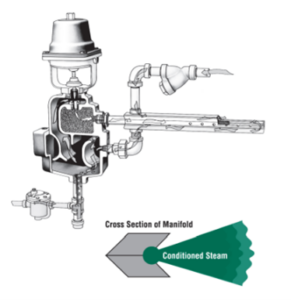
ADIABATIC HUMIDIFIERS
Adiabatic humidifiers use heat from surrounding air to change cold water into vapor. These are used in facilities where humidification is used to save energy. Unlike the isothermal process, adiabatic humidifiers have an evaporative, or “free”, cooling effect. Some examples of adiabatic humidifiers are:
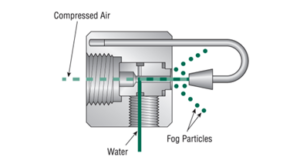
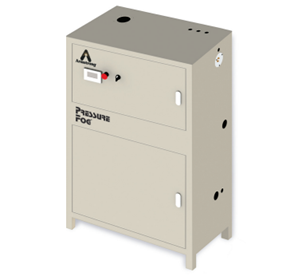
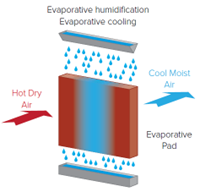
Still not sure what technology is right for your application? Check out Armstrong’s Humidification Design Checklist. Or better yet, call one of the experts at Campbell-Sevey, and let them help you in the design and selection process!

